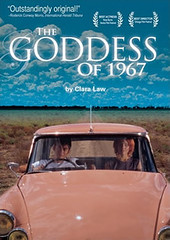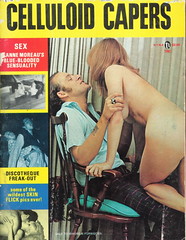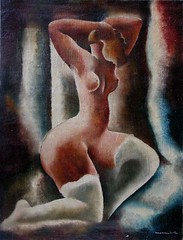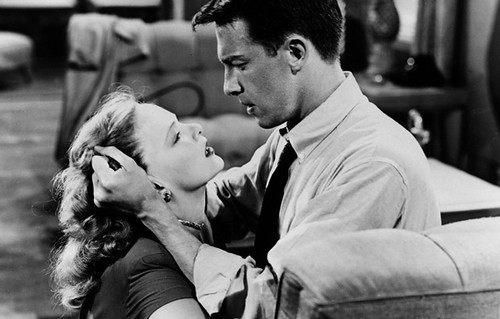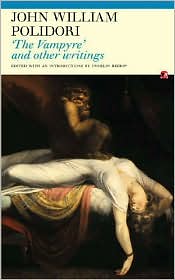Nikolai Gogol @200
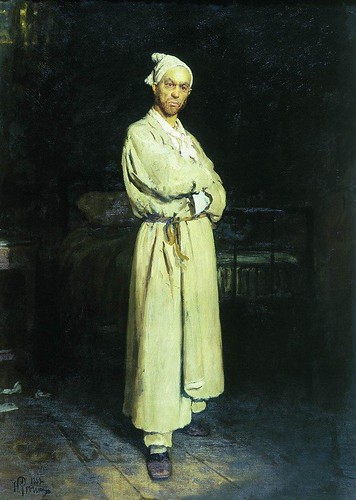
Poprishchin, protagonist of Nikolai Gogol‘s “Diary of a Madman” painted by Ilya Repin
Nikolai Gogol will be 200 tomorrow morning (that’s the day after tomorrow, I skipped a day here). Like so many of us of the internet generation, we stumbled upon Gogol via Mario Bava’s Black Sunday.
He is an icon of 19th century literature, Russian literature, grotesque literature and fantastic literature.
“What an intelligent, queer, and sick creature!” —Ivan Turgenev
“I don’t know whether anyone liked Gogol exclusively as a human being. I don’t think so; it was, in fact, impossible. How can you love one whose body and spirit are recovering from self-inflicted torture?” —Sergei Aksakov
Gogol wrote in the literary tradition of E.T.A. Hoffmann (The Sandman) and Laurence Sterne (Tristram Shandy), often involving elements of the fantastic and grotesque. In addition, Gogol’s works are often outrageously funny. The mix of humor, social realism, the fantastic, and unusual prose forms are what readers love about his work.

